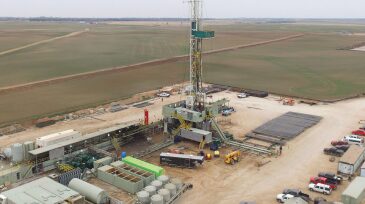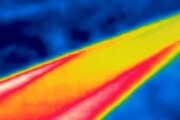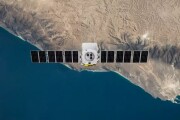DSDE: In Theory
-
A recent test proved the feasibility of using LiDAR on remote-controlled drones to create 3D maps of the inside of tanks, increasing the safety and efficiency of inspections.
-
Three-dimensional seismic technology helped unlock more subsurface secrets for oil and gas operators. Now, 3D technology can be used in scanning, a cutting-edge technology that engineers can use to plan upgrades to oil and gas assets virtually.
-
Despite streams of data being available on platforms about the condition of topside and drilling equipment, most experts agree that only a small fraction of such data is used. Whether for a fleet or single platform, AI can transform an offshore enterprise.
-
To keep pace with the digital age, the critical infrastructure and automation industries are looking beyond today’s control systems for new, common technologies to help balance requirements for uptime with digital technologies. Open standards can help.
-
Increasing accuracy in models is often obtained through the first steps of data transformations. This guide explains the difference between the key feature-scaling methods of standardization and normalization and demonstrates when and how to apply each approach.
-
The AI journey starts with a single step, but too many companies take the wrong first step.
-
Support vector machines are powerful for solving regression and classification problems. You should have this approach in your machine-learning arsenal, and this article provides all the mathematics you need to know. It's not as hard you might think.
-
Proper lateral and vertical well spacing is critical for efficient development of unconventional reservoirs. Much research has focused on lateral well spacing but little on vertical spacing, which is challenging for stacked-bench plays such as the Permian Basin.
-
When engineers went searching for clues on how fractures move beneath the surface, they expected to uncover important learnings. They did not know they were on the path to a new invention.
-
The results of the authors’ research showed promising benefits from the use of a systematic procedure of model diagnostics, model improvement, and model-error quantification during data assimilations.
Trending Now on DSDE
Get JPT articles in your LinkedIn feed and stay current with oil and gas news and technology.














